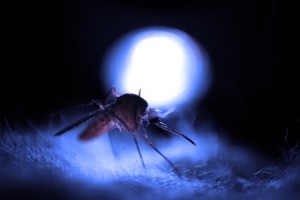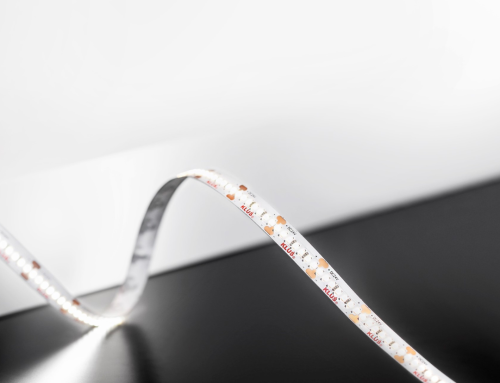 Every year, millions of people around the world are infected with malaria, dengue fever, or west nile, and hundreds of thousands from those infections. Mainly spread by mosquitoes and other insects, researchers have been diligently working on new ways to repel insects to aid in prevention, while other focus on better treatments and possible cures.
Every year, millions of people around the world are infected with malaria, dengue fever, or west nile, and hundreds of thousands from those infections. Mainly spread by mosquitoes and other insects, researchers have been diligently working on new ways to repel insects to aid in prevention, while other focus on better treatments and possible cures.
In a recent study published by the Royal Society, a team of researchers discovered that when they altered the light spectrums of LED lamps, they attracted far less insects, while still providing light for indoor use. Ultraviolet and blue light are seem to be the most attractiveto bugs (hence those blue UV light bug zappers), so by removing the blue light wavelengths from the light spectrum, not only did the LED’s attract far fewer insects, they provided a more intense light source. This research was conducted by the University of Southern California, University of California, Los Angeles, and Philips Research.
In many poorer nations, or developing countries, glass windows and window screens are not available, so having a light source that attracts fewer insects is an important discovery that hopefully, will lead to a significant reduction in diseases or virues spread by insects.





